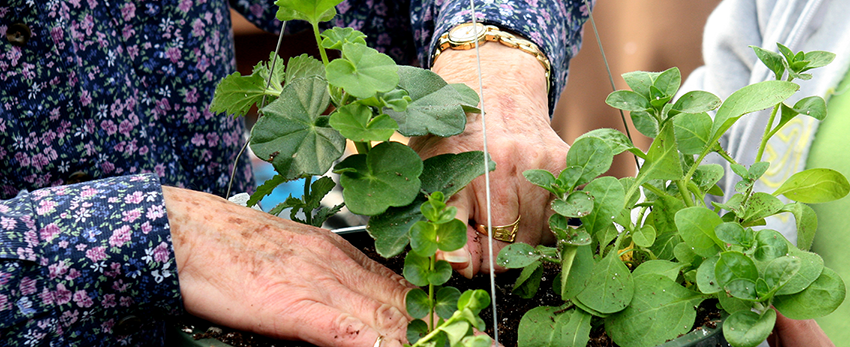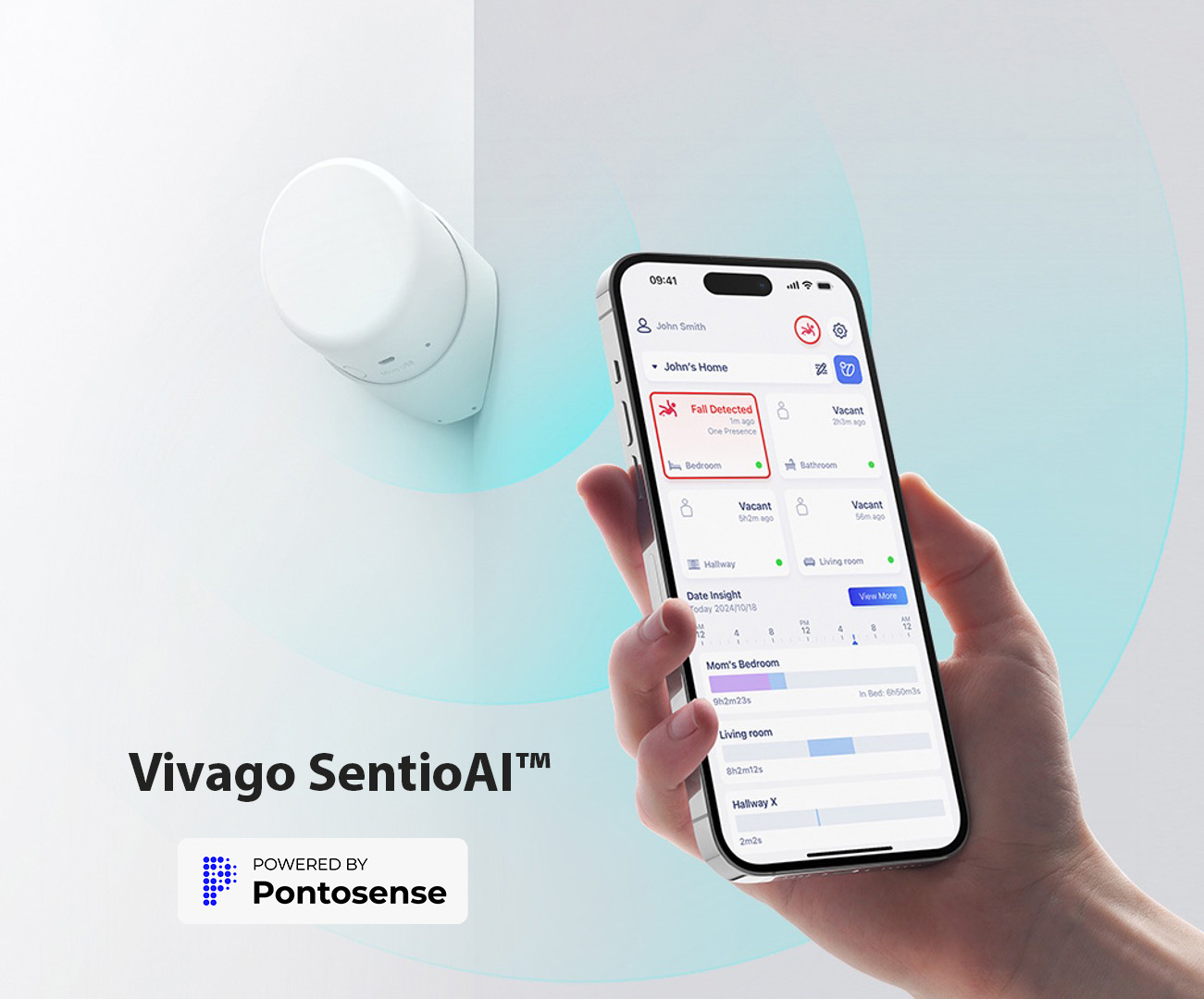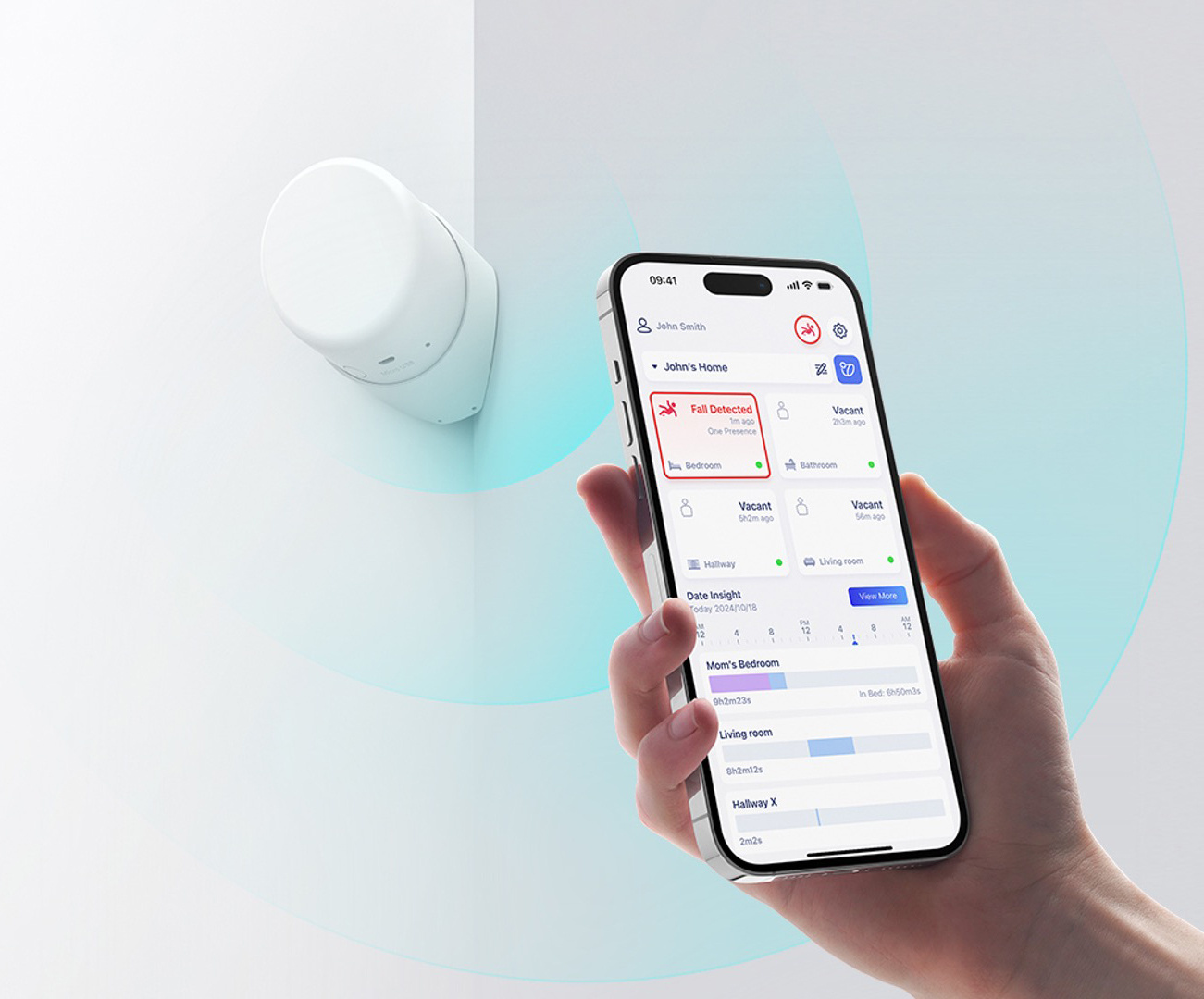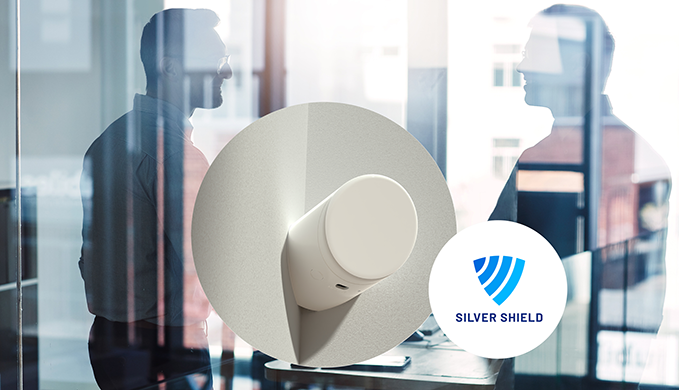The path to rehabilitation is everyone’s own

How to support someone during rehabilitation? It’s all about the balance between encouragement and geniality. While some have the tendency of doing their exercise no matter how much it hurts, others are more self-indulgent and will need gentle pushing and motivation to reach their targets. Clearly, biting the bullet when your body yells NO does often more damage than good. On the other hand, lazy living will yield no results.
From the point of view of the patient, recovery is hard work, just like a rough diet or starting a heavy exercise program: it puts you out of your comfort zone. The challenges are the same whether you are recovering from an injury, accident or neurological condition, or whether the activation is needed for ailments due to old age. It’s a balancing act between physical activity and rest, combined to the person’s own will and motivation to feel better.
It’s well understood today that adequate sleep and efficient pain treatment are prerequisites of successful recovery. The body mends itself during rest, and sleep also seems to treat pain. On the other hand, successful pain treatment is known to improve the quality of night time sleep. Physical exercise is naturally also required, but it is wise to start it only after sleep and pain are
in good balance. The challenge of the clinician is to form a comprehensive understanding of their patient’s situation and plan their care accordingly. When the patient tells a story of disturbed sleep because of pain, it is clear that the pain should be treated. But both pain and sleep are subjective states, which are heavily affected by the spirits of the day. Adding physical activity to the equation may interfere with pain, sleep and mood, which bring us to the essential questions of humanity. No wonder that the path to recovery cannot be the same for everyone.
When the clinician wants to know if their patient’s pain medication is effective and how they sleep and exercise, they no longer need to rely solely on the patient’s narrative. These parameters can be reliably measured by an actigraph, a wrist-worn, watch-like device, which measures sleep, activity and circadian rhythm throughout the day. During doctor’s practice, this information can be reviewed and analysed together. The patient’s story gives a context for the measured data. If, for instance, a hip replacement patient is moving very carefully despite of being painless and sleeping well, other and unexpected reasons for low activity may be discovered during the discussion. Is it just the lack of initiative, or could the patient be depressed and in need of specific support? Sometimes the data will reveal surprising root causes that would not otherwise come up during discussion.
Also the patients themselves have a possibility of reviewing their own data with a mobile phone daily or even in real time. For many, this is a motivating and empowering factor. The device makes the results visible and may encourage a person to go for a walk or jog even on rainy days. The value of an actigraph is at its best when it puts the person to the driver’s seat instead of a passenger seat: a realization, which leads to better results and quality of life.


